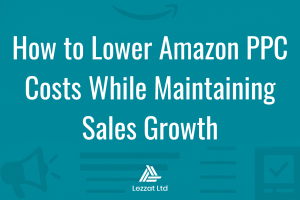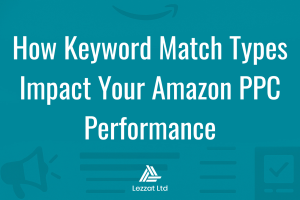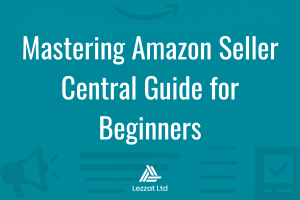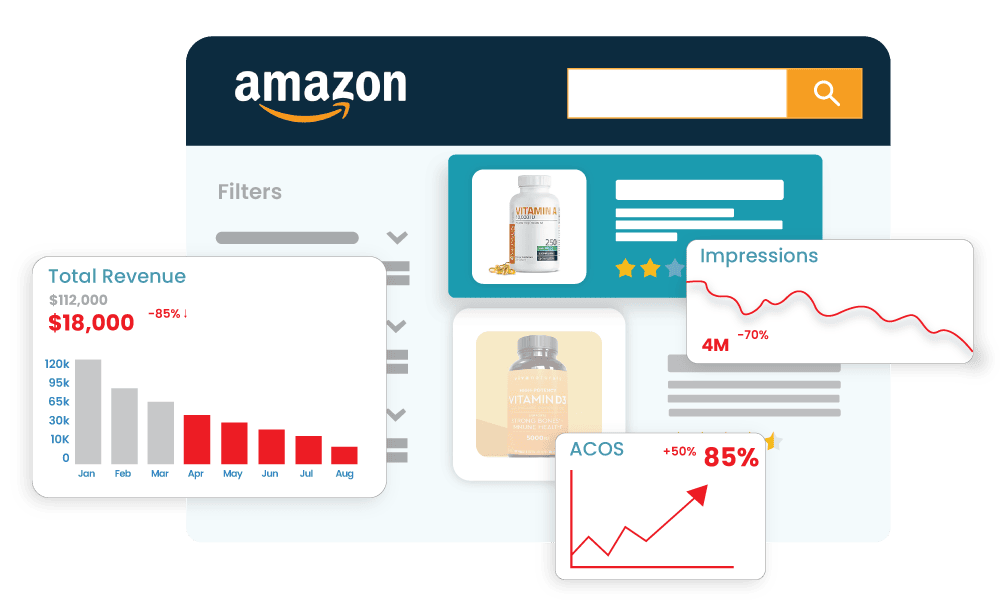So, you’ve done the hard work of setting up on Amazon marketplace in your home country and getting some decent early reviews.
You decide the next logical step is to move to international marketplaces and take your listings global.
Is it that easy? Well, yes and no. Here are some vital tips for setting up your listings on an international Amazon marketplace.
If you are just one step away from expanding your Amazon business, remember, Lezzat is created by Amazon sellers for Amazon sellers.
What is Amazon Marketplace: International Selling
If you’ve got a live Amazon listing, you’ll already know what Amazon marketplace is and how profitable can be. Amazon has 19 international marketplaces that cover different global areas.
However, we can group some of them (such as France, Germany, Italy, etc.) together. For example, the marketplaces mentioned would fit into a European bracket.
If you want to learn how to sell in Germany, here are some useful tips.
Deciding Where to Expand
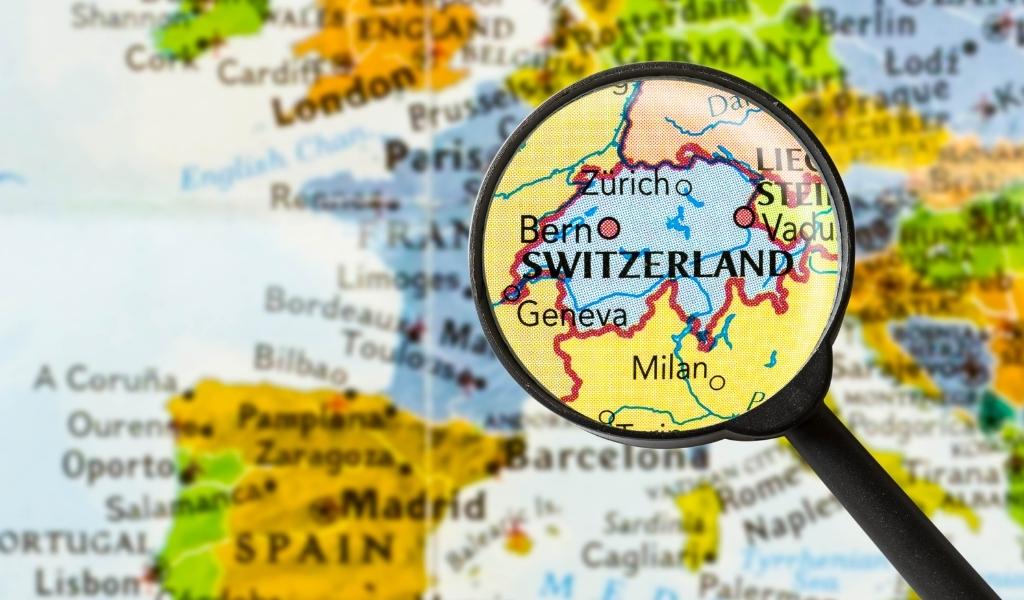
The first step, of course, is to decide which marketplaces you want to expand into. This can make the process much easier (or harder) depending on your native marketplace and desired area of expansion.
If you sell in the US, expanding into Mexico or Canada will be fairly simple. However, if you want to move into Amazon marketplace EU, the process will be a bit more complicated.
According to a statistic, US, UK & Germany have the most top sellers, combined with other stats, it can help you choose the best possible marketplace to expand.
So, the first tip is to think carefully about which regions make the most sense for your Amazon marketplace store expansion. Focusing on closer geographic areas can be a useful stepping stone to breaking into more distant international markets.
Beginners Tips for International Amazon Marketplace Sellers
Let’s go over some useful tips for taking your Amazon listing global. Some of these are common sense that you might know already, whereas others are a bit more specific to international selling.
Amazon helps your next step with a variety of tools to simplify the process.
1. Think About Your Amazon Listing
Specifically, decide which product you want to sell internationally. Not everything will work in all markets. Consider something like a plug-in electric kettle. This would do well in many international markets, but wouldn’t sell well in North America.
Europe (among other regions) uses 240V mains electricity, whereas North American countries use 120V. This isn’t strong enough to use a plug-in kettle, so your listing would likely bomb.
The bottom line is to do some market research on your planned Amazon marketplace. Culture, infrastructure and weather are all important aspects. You can access an international marketplace on your browser, so this is a good place to start.
Equally, contacting a regional Amazon marketing agency is a sensible first step.
2. Learn About Regional Tax Regulations
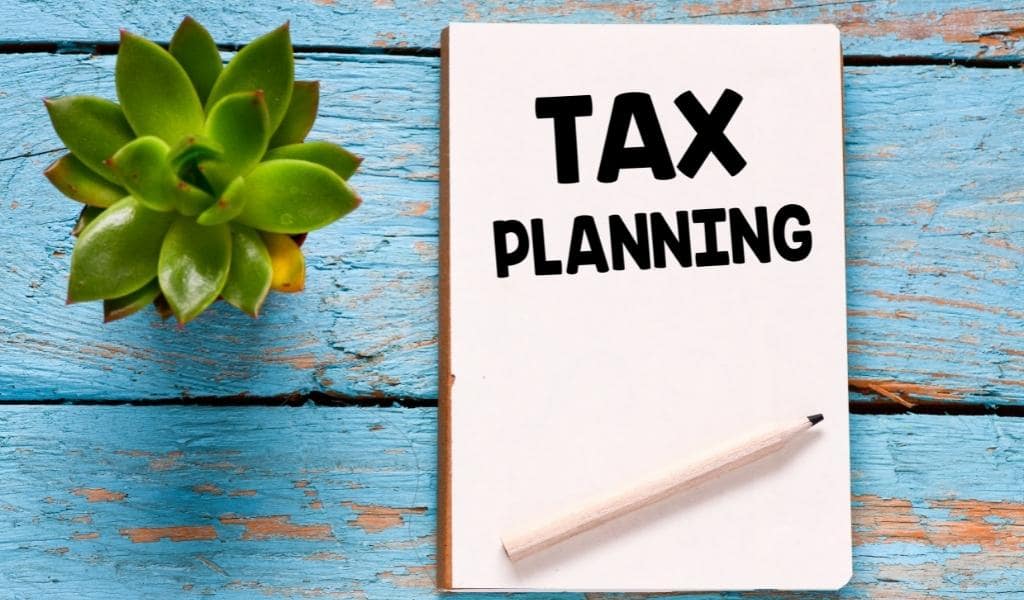
Granted, this isn’t a massively interesting topic, but it is an important one. Different regions have tax regulations that’ll apply to your Amazon marketplace store.
For example, an American seller looking to start on Amazon marketplace EU will need a VAT number, regional business address, and more. The easiest way to tackle this issue is to get in touch with an Amazon marketing agency or regional lawyer.
3. What About Logistics?
Having a plan is one thing, but getting your products there is another thing entirely. Are your products produced specifically for you or do you buy products and resell them? It’s an important distinction that’ll impact logistics.
It can make sense for Amazon marketplace sellers to set up production in closer countries for convenience or to avoid import tariffs. You’ll need to balance this against higher production costs, however.
Fulfilled by Amazon is still a worthwhile option in international markets. While you’ll incur an Amazon marketplace charge for storing your items, it’ll make bulk shipments easier and means you don’t have to find your own storage space in the new country.
4. Next, Money
While you won’t be making money yet, it’s worth thinking about before setting up your listings. You might have to deal with different currencies depending on which marketplace you plan to sell in.
First, you’ll need an international payment provider. Consider one that offers decent exchange rates and convenient money handling. Many don’t need you to have any physical presence in that country, instead offering a “floating” account through their main service.
It’s also worth factoring in the strength of the currency in this new region against your native country. American sellers generally won’t have to worry too hard about this, although nations with more volatile currencies should give it some thought.
5. Setting Up Your Listing
Now we get down to the real focus of Amazon marketplace: your listings. Amazon listing optimization is still as important as ever, so make sure you do your keyword research, set up photos, and so on.
If your new marketplace uses a different language, make sure you pay a native translator. Don’t rely on something like Google Translate, as it won’t pick up on nuances in language that a real person will.
Also, think about hiring a regional agency to deal with your Amazon listing services. While it might seem like a big expense, it’s a sure-fire way of making them seem more “native”.
On the other hand, you can hire an in-house expert, but is that the best option? Learn here if it’s right for your business.
Bonus tip: Create your new listings using your product’s ASIN as the identifier, rather than the SKU. Doing so means your reviews will carry across, giving you some much-needed traction in the early days.
6. Run a PPC Campaign
This tip isn’t any different from what you’d do on your native Amazon marketplace. Start a PPC campaign to get your listings seen (and bought).
The same logic applies as usual: choose the right keywords, set your bids, and monitor search behaviour and reactions. Again, it can be helpful to employ a local agency that understands regional differences, as these could impact search terms and behaviour.
Final Thoughts
These tips should get you asking the right questions for setting up in a new Amazon marketplace.
Planning is more important than ever because you have some unique barriers to overcome that you won’t be familiar with from your native market.
If you plan to set up in a new Amazon marketplace, get in touch. We at Lezzat help sellers adjust their listings and understand what it takes to break into new markets.
We can also help with translation and professional listing setup. So, reach out and see what we can do for you.
Please consider to Like&Share!


